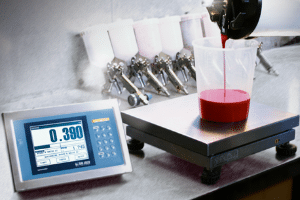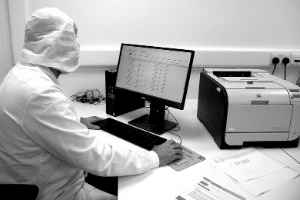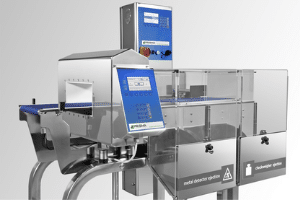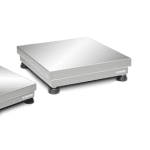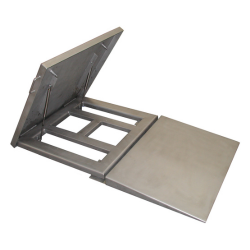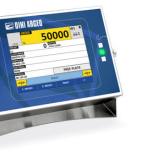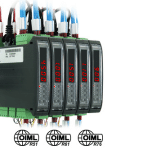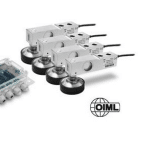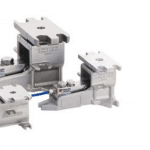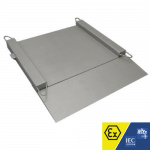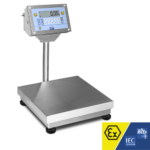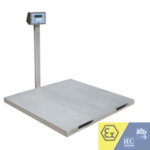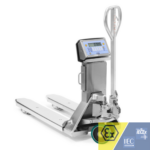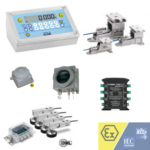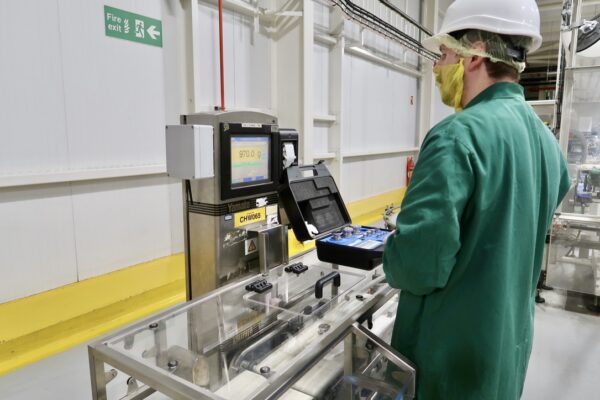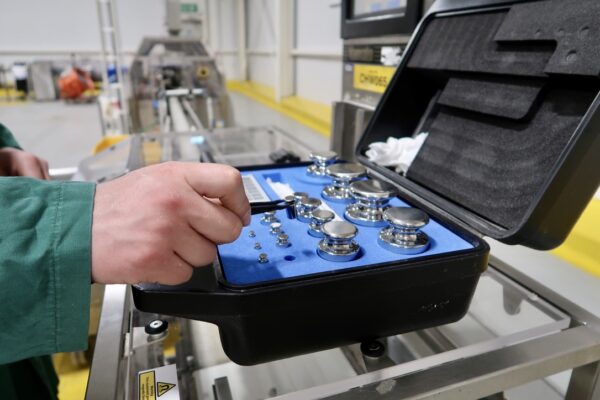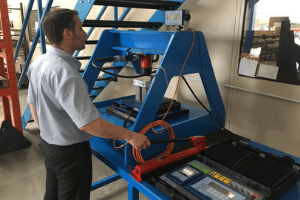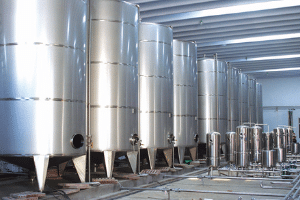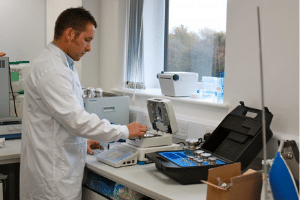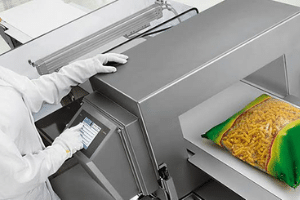How Technology is Revolutionising the Weighing Industry
The weighing industry has undergone a remarkable transformation over the years. As advancements in technology have become more prevalent, this critical industry has harnessed the power of innovation to revolutionise weighing practices.
In the present day, technology plays a pivotal role, offering enhanced accuracy, increased efficiency, remote monitoring and control, advanced analytics and insights, integration with other cutting-edge technologies, improved user experience, quality control and compliance, environmental considerations, and seamless integration with the supply chain.
This feature explores the profound impact of technology on the weighing industry and examines its various facets, highlighting the remarkable changes it has brought and the possibilities it holds for the future.
How Did the Weighing Industry Operate Before Technology Came Along?
In the past, the weighing industry relied heavily on manual processes and traditional measurement techniques. Weighing scales were typically mechanical devices, often based on spring or lever mechanisms. These scales required manual adjustment and calibration, and measurements were prone to inaccuracies, due to factors like friction and wear.
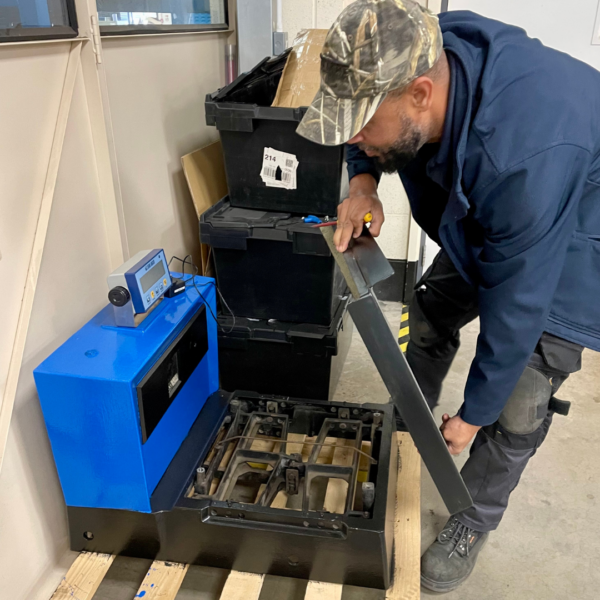
Additionally, weighing operations involved labour-intensive tasks, with operators manually placing objects on the scale and visually reading the measurements. Any documentation and record-keeping were predominantly paper-based, leading to the potential for errors and time-consuming processes. Furthermore, quality control and compliance were challenging to maintain consistently due to the limitations of manual weighing methods.
Overall, the weighing industry operated at a slower pace and faced significant limitations in terms of accuracy, efficiency, and data management compared to the modern era. Though, the introduction of technology has since transformed the industry, driving remarkable advancements and revolutionising the weighing processes we know today.
How Has Technology Transformed and Revolutionised the Weighing Industry?
With new technologies becoming available all the time, the weighing industry is constantly in a state of flux, changing and adapting in every way it can to keep up.
There are several advancements that have been most significant in revolutionising the industry and the overall impact of their operations. Some of these technological advancements are:
1. Enhanced Accuracy: The Precise Science of Weighing
Accurate measurements are fundamental to countless industries, ranging from pharmaceuticals to manufacturing. Technology has transformed weighing into a precise science, with advancements such as load cell technology and multiple sensor integration leading the way. 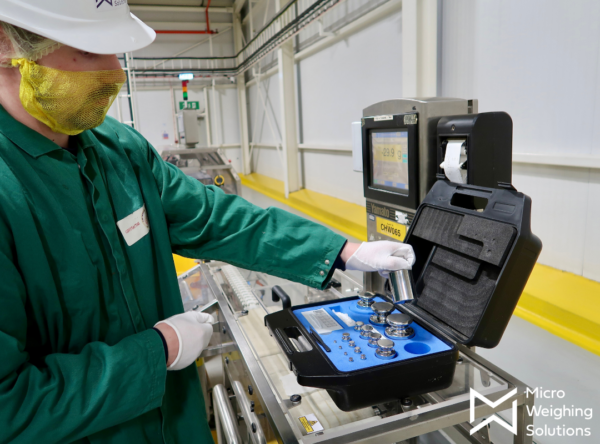
Load cells, for instance, utilise strain gauges to convert force into an electrical signal, ensuring exceptional accuracy in weighing systems. By integrating multiple sensors, weight distribution, and other critical parameters can be precisely analysed, further enhancing accuracy.
This level of precision is crucial in industries where even the slightest deviation can have significant consequences, such as chemical manufacturing or pharmaceutical production.
2. Increased Efficiency: Streamlining Weighing Processes
In the digital age, efficiency is a driving force behind technological innovations. The weighing industry has embraced automation and integration with production lines to streamline processes, reduce human error, and enhance productivity.
Automation technologies enable seamless weighing, packaging, and labelling integration, eliminating bottlenecks and reducing manual labour requirements. Additionally, wireless connectivity and Internet of Things (IoT) integration facilitate real-time data monitoring, optimising workflow efficiency, and enabling proactive decision-making.
This integration also extends to inventory management systems, where real-time weight data helps businesses maintain accurate stock levels and improve order fulfilment processes.
3. Remote Monitoring and Control: Weighing Beyond Boundaries
The ability to remotely monitor and control weighing systems has revolutionised the industry. Through connected devices and cloud-based platforms, businesses can access real-time data, receive notifications, and remotely control operations from anywhere in the world.
This capability enhances convenience, enables predictive maintenance, and facilitates rapid response to issues, minimising downtime and maximising productivity.
Remote monitoring and control have found particular relevance in industries with widespread operations or geographically dispersed facilities, allowing businesses to centralise their weighing operations and improve overall management.
4. Advanced Analytics and Insights: Harnessing the Power of Data
Technology has unlocked the potential for advanced analytics and insights in the weighing industry. By leveraging big data analytics, artificial intelligence (AI), and machine learning (ML), businesses can extract valuable information from vast amounts of weighing data.
These tools empower them to identify patterns, optimise processes, predict maintenance requirements, and make data-driven decisions to drive efficiency and profitability.
For example, predictive maintenance algorithms can analyse historical data and usage patterns to anticipate equipment failure, enabling proactive maintenance and minimising disruptions.
5. Integration with Other Technologies: Collaborative Synergy
The integration of weighing systems with other cutting-edge technologies amplifies their impact. For example, barcode scanners and radio-frequency identification (RFID) enable efficient and accurate identification of products during weighing processes, reducing errors and improving traceability.
Intuitive interfaces and touchscreens simplify user interactions, ensuring a seamless experience, whereas, automated rejection systems minimise errors in the weighing and sorting of items, enhancing quality control and compliance.
Furthermore, integration with production lines allows for continuous weighing and packaging, optimising efficiency and reducing handling time.
6. Improved User Experience: Intuitive and User-Friendly
Technology has significantly enhanced the user experience in the weighing industry. Modern weighing systems offer intuitive interfaces, touchscreens, and user-friendly features that simplify operations and minimise the learning curve. 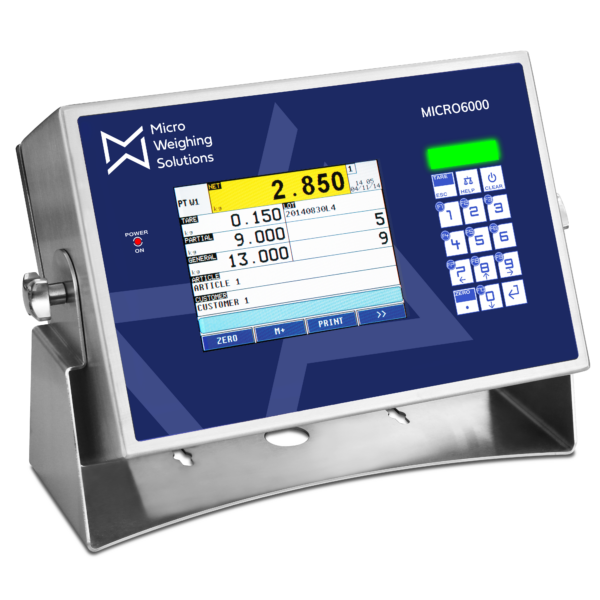
These advancements empower operators to efficiently carry out weighing tasks, resulting in improved productivity and reduced training costs.
Mobile applications provide added flexibility and convenience, allowing users to monitor and control weighing processes remotely using their smartphones or tablets.
7. Quality Control and Compliance: Meeting Stringent Standards
Ensuring product quality and compliance with regulations are paramount in the weighing industry. Technological advancements have introduced automated audit trails and compliance reporting, enabling businesses to maintain meticulous records and streamline regulatory processes.
This not only ensures adherence to standards but also enhances transparency and facilitates quick response to audits or inspections.
Moreover, integration with quality control systems allows for real-time monitoring of weighing processes, ensuring that products meet specifications and comply with regulatory requirements.
8. Environmental Considerations: Promoting Sustainability
As environmental concerns grow, technology has played a vital role in promoting sustainability in the weighing industry. Energy-efficient weighing systems help minimise the carbon footprint and reduce operating costs.
What’s more, paperless workflows, enabled by digital documentation and automated data capture, reduce paper waste and contribute to a more environmentally friendly approach.
Additionally, integration with supply chain systems enables optimised logistics, reducing fuel consumption and emissions associated with transportation.
9. Integration with Supply Chain: A Seamless Flow
Technology’s impact on the weighing industry extends beyond individual businesses. Through integration with supply chain systems, weighing data seamlessly flows from suppliers to manufacturers, distributors, and retailers.
This integration enhances visibility, traceability, and logistics, ultimately leading to improved inventory management, reduced wastage, and optimised billing processes.
Furthermore, real-time data exchange enables better demand forecasting, allowing businesses to respond quickly to market fluctuations and ensure efficient supply chain operations.
10. The Future: A Continuum of Technological Advancement
As technology continues to advance at an exponential rate, the weighing industry stands to benefit from further innovations. Future possibilities include increased automation, improved AI and ML algorithms, enhanced wireless connectivity, and even more sophisticated integration with other technologies.
These developments hold the potential to further streamline operations, boost accuracy, and optimise productivity, shaping the weighing industry of tomorrow.
Additionally, emerging technologies, like blockchain, may offer increased transparency and traceability, addressing concerns related to counterfeiting and ensuring the integrity of weighing data.
Conclusion
The weighing industry has experienced a remarkable transformation through the integration of technology. From enhanced accuracy and increased efficiency to advanced analytics and insights, the benefits are abundant.
The reliance on automation, wireless connectivity, and integration with other technologies has redefined the weighing landscape. Furthermore, the industry’s commitment to quality control, compliance, environmental considerations, and seamless integration with the supply chain has fostered a culture of excellence.
It is definitely becoming clear that as technology continues to evolve, the weighing industry can look forward to a future characterised by even greater advancements, propelling it to new heights of success.
